The best women’s winter boots: for comfort and warmth in the snow
Our pick of the best women’s winter boots are waterproof, snowproof, and equipped to keep feet cozy in freezing conditions
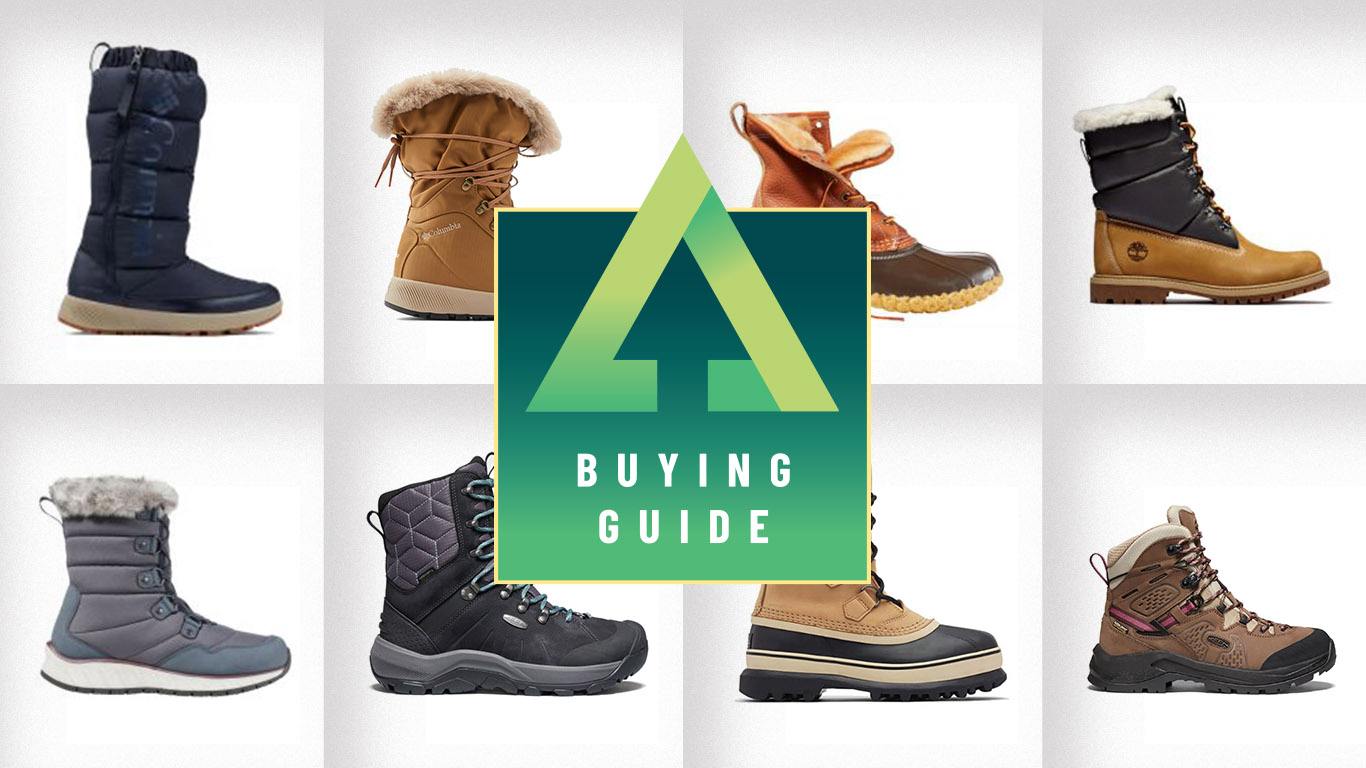
The best women's winter boots are ideal for casual snowy walks and for exploring the ski resorts and their many charms. In these kind of situations, it's important to have a pair of robust boots that will keep your feet dry and warm, while giving you decent traction on the icy terrain beneath your feet.
As any winter adventurer will know, gear tends to get more expensive the more insulated and winter-ready it is. The same is true for the best women's winter boots, so it's important to consider your planned use before making a purchase. In this guide, we feature boots for general casual use and some of the finest options for easy winter trails.
Just as with the best hiking boots, there's a wide variety of styles. A higher cut boot might give you additional ankle protection but will weigh more, while high levels of insulation will be great for resort coziness but perhaps make your feet a little too hot on long walks.
If you're after something for serious winter walking and mountaineering, you'll be served better by our roundup of the best winter hiking boots, designed to take crampons for steep, technical missions above the snow line.
The best women's winter boots
You can trust Advnture
Best women’s winter boots all-round
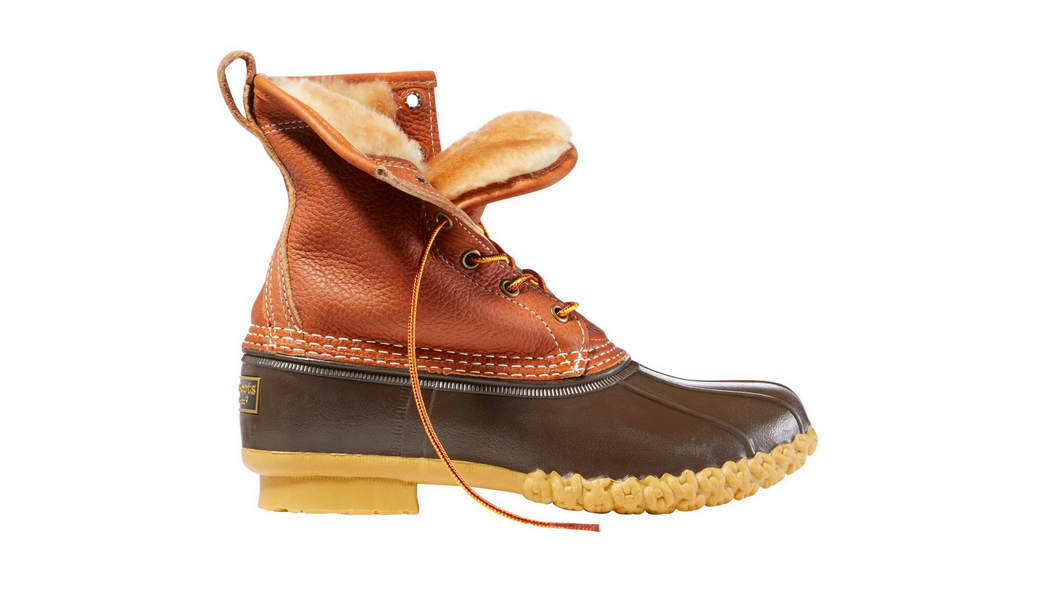
Specifications
Reasons to buy
Reasons to avoid
With a full waterproof rubber shoe stitched to a tall, supple leather cuff, and lined with the same lamb shearling LL Bean uses in its slippers, this iteration of LL Bean’s iconic boot is amazing to slip into for urban excursions and rural rambles. It’s handmade in Bean’s Brunswick, Maine factory, where the Bean Boot been made since 1912. The leather upper is tumbled to make it supple, then triple stitched to the base, while inside a steel shank supports your foot and smooths out the terrain. On the downside, the soft soles aren’t great for hiking on variable terrain, and the chain print sole didn’t grip as well as winter-specific lugged soles. If you typically wear heavy socks, order these in your standard size; if you usually opt for a thinner sock, size down.
Read our full LL Bean Shearling-Lined Bean Boots review
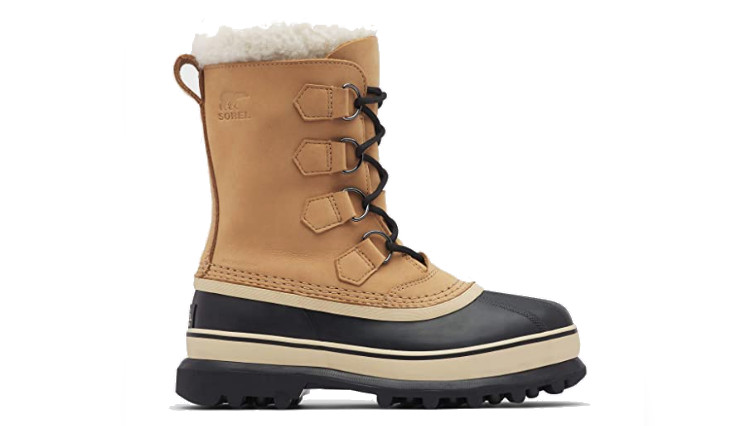
2. Sorel Caribou
Our expert review:
Specifications
Reasons to buy
Reasons to avoid
Sorel’s snow boots are classics worn by mountain guides, rangers and ski seasonnaires alike, and their bestselling Caribou boot is our top winter all-rounder from their wide range of styles. Warning – these boots are big and heavy workhorses, and are definitely not at the barely-there end of the snow boot spectrum, making them a better choice for working or playing outdoors rather than for long hikes. Warm, chunky and designed with proper snowbound winters in mind, the Caribou features a wellington boot-style rubber toe that stops any water seeping in and makes the bottom part of the boot easy to wipe clean. The higher section of the Caribou is waterproof nubuck leather lined with warm fleece, and this can be laced tightly enough to keep feet cosy. We love the removable inner booties which act as the boot’s insulating layer, made from recycled felt and which you can take out to wash or to wear around the house as slippers. For seriously cold temperatures, Sorel also make a warmer wool-lined version of the Caribou for an extra $10/£10.
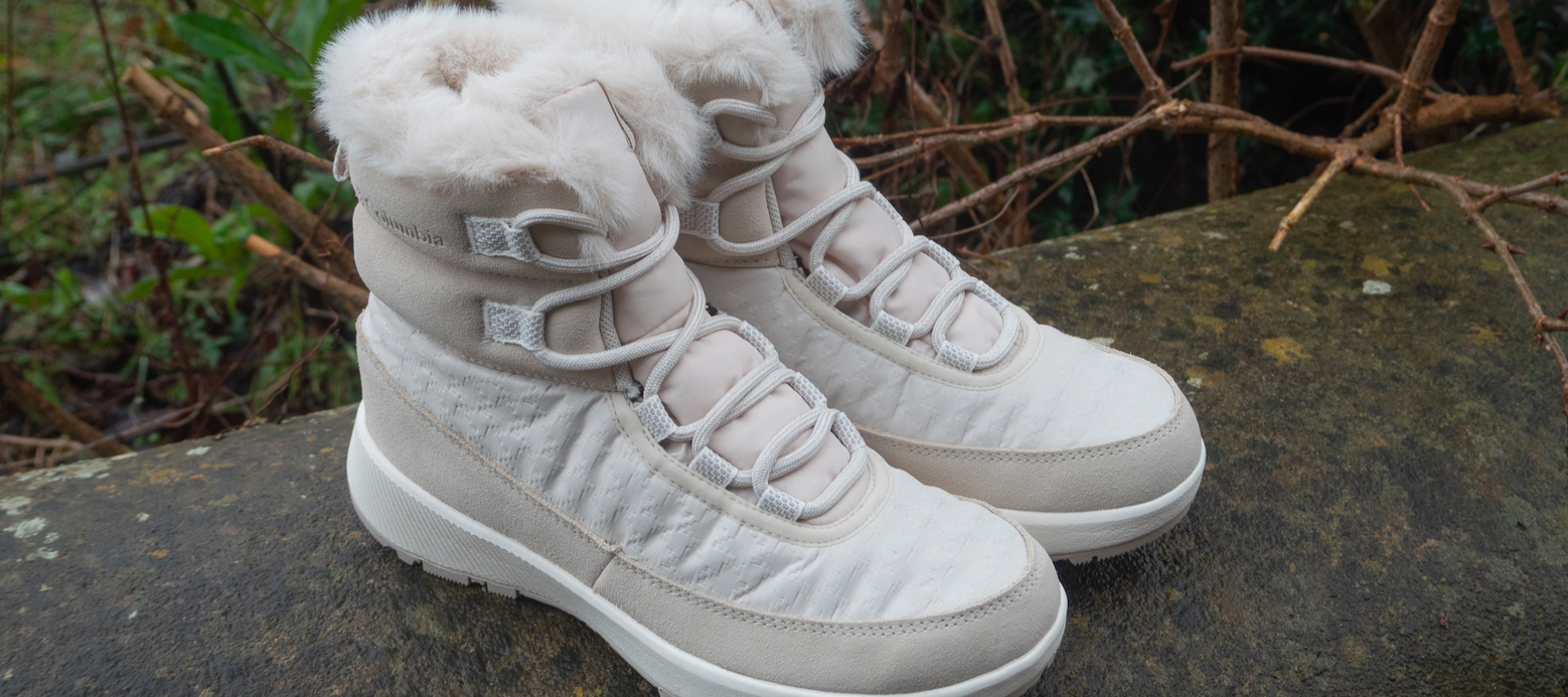
Specifications
Reasons to buy
Reasons to avoid
We like the look of this rather sporty snow boot, which combines the urban feel and oversized sole of your favorite trainer with added technical oomph suitable for wear in winter (namely a waterproof outer membrane and a cozy shearling fleece inner liner). The Slopeside Peak Luxe also uses Columbia’s own Omni-Heat technology to trap in warmth – tiny gold dots reflect body heat very well (so well that we’d only use these boots in proper cold weather, so you don’t sweat). The chunky soles offer good grip, and we found the Peak Luxe waterproof enough to tackle snow. Ideal for frosty snow days in the city as well as ski holidays.
Read our full Columbia Slopeside Peak Luxe Boot review
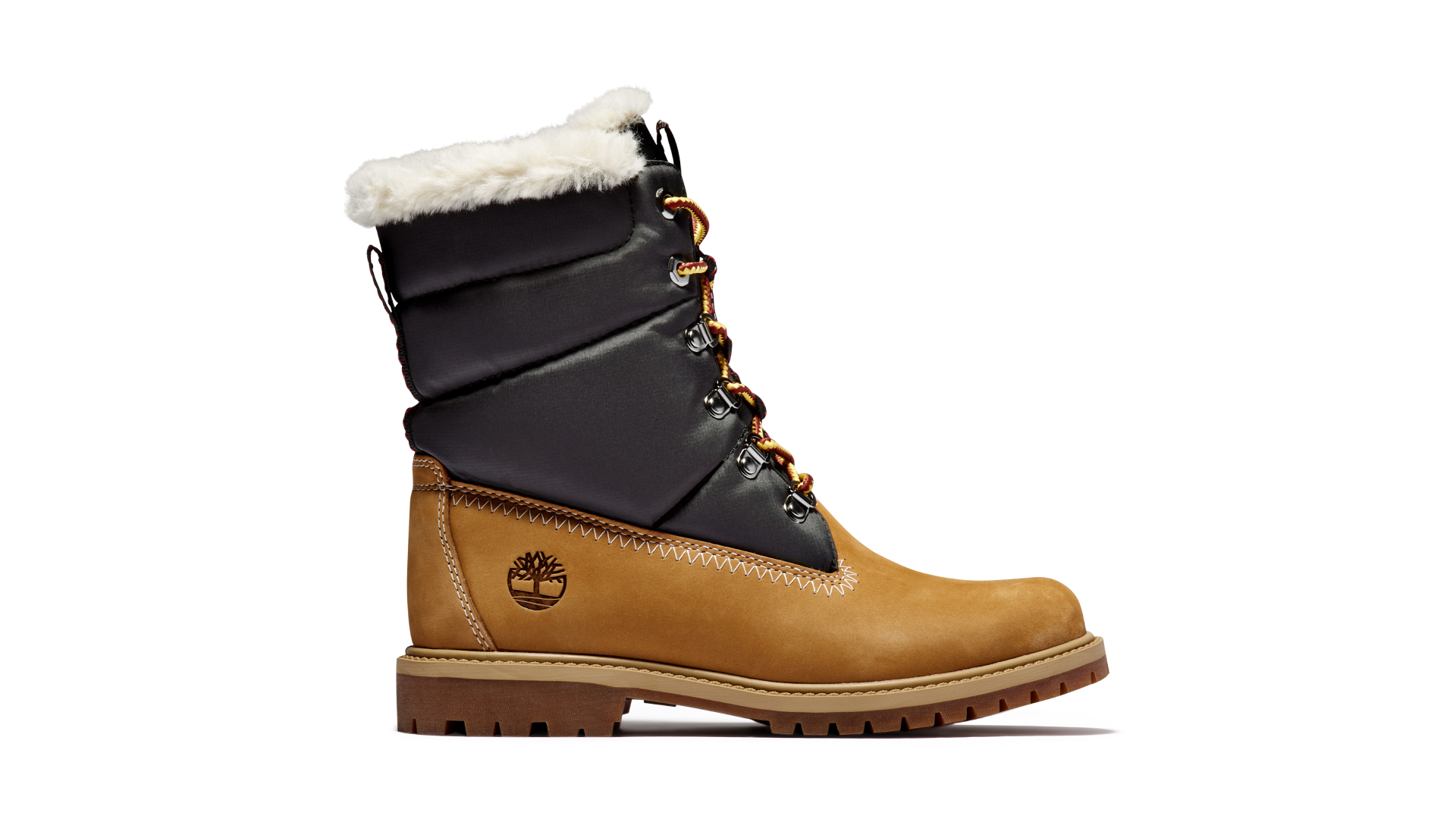
4. Timberland Heritage
Our expert review:
Specifications
Reasons to buy
Reasons to avoid
Classic Timberland boots on the bottom, warm faux fur-lined quilted fabric on top – these winter boots, made with recycled materials, are a great marriage of urban styling with outdoor-ready warmth. This warm take on your favourite Timberlands is well suited to the cold, with 200g of Primaloft insulation packed in to keep feet warm even in the frost. The quilted fabric upper, made from recycled plastic bottles, is reminiscent of how it might feel to wrap your ankles in a down jacket and really adds warmth when the mercury drops. Just like classic Timberlands, these boots have thick but very light and bouncy rubber soles with good lugs that offer decent traction even on slick icy surfaces. Leather is naturally water resistant as long as you take care of it and keep it in good condition, and the fabric upper of the Heritage boots also repels water, but this design is definitely better suited to cold but dry snow days rather than to wet weather, and it won’t repel heavy rain or thick snowfall. Like many leather boots, the Heritage boots may need some breaking in before they soften and mould to your feet.
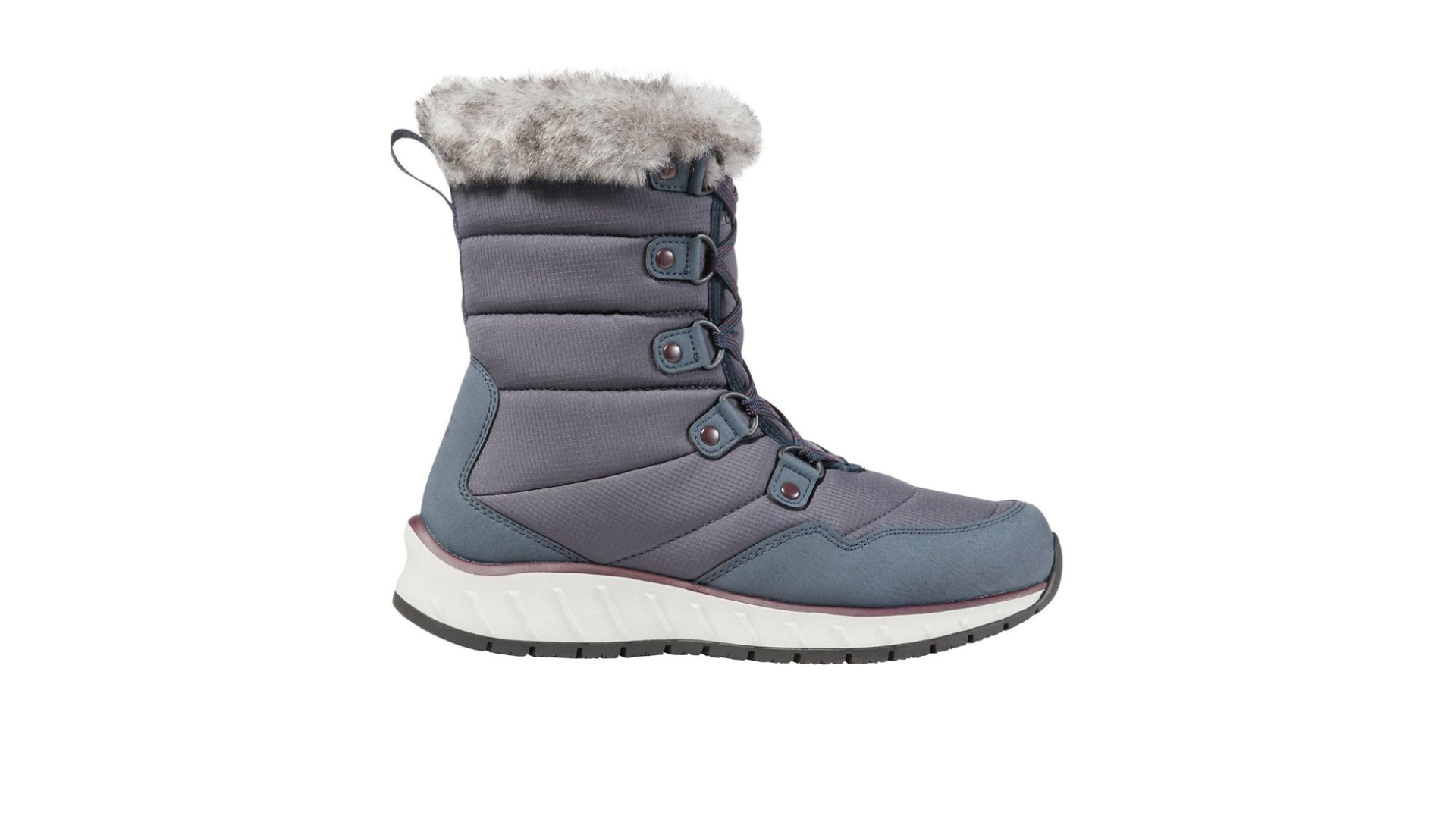
5. LL Bean Snowfield
Our expert review:
Specifications
Reasons to buy
Reasons to avoid
All-American brand LL Bean are the makers of the iconic Duck Boot, a wellington and leather boot hybrid which is excellent in the rain. For cold dry weather, however, we prefer their snug-as-anything Snowfield boots. Think of them as being like your favourite down jacket shaped into boots – light, airy and instantly very warm against the bitter cold, but pretty useless when wet. The Snowfield is water resistant enough to deal with light snowfall but will quickly get sodden in rain or sleet – but it’s delightful in freezing dry weather, and proved very warm indeed on test, with a thick layer of Primaloft insulation to combat the chill and a narrow faux fur-lined top that can be laced up snugly. We also rated the sole – it’s thick but very bouncy, and grippy enough to keep you padding happily about on snow for hours. We recommend picking the black or grey versions of the Snowfield over the cream, which can quickly look dirty.
Best women's winter boot for trails

6. Keen Revel Polar IV (High)
Our expert review:
Specifications
Reasons to buy
Reasons to avoid
These hefty boots mean business. Keen’s Revel IV is designed with winter in mind, starting from the bottom, where chunky rubber soles offer brilliantly sticky grip even on slick ice and give great confidence as you hike. Up top there’s a waterproof suede leather outer, a high lacing system that hugs your ankle and a cushiony inner sole that makes these boots feel springy underfoot even after hours of trudging through snow. The Revel IVs are ideal for working long hours outdoors in the cold, hiking in sub-zero temperatures (Keen claim the boots insulate down to -40°C/-40°F, which we couldn’t test, but they were very snug at -5°C/23°F) or dog walking in any weather, and are definitely worth the investment if you get outside all winter long. The Revel IVs aren’t as chunky as some of the other high-performing boots we tested, either, making them a versatile pick. Trying to make environmentally sound purchases this year? Most of this boot is constructed from recycled materials and the design is PFC-free. Two heights are available – we prefer the higher cut, which is great for stomping through deeper snow, but the mid cut boot ($170/£130/€160) offers a little more flexibility of movement for hiking. We give top marks for both.
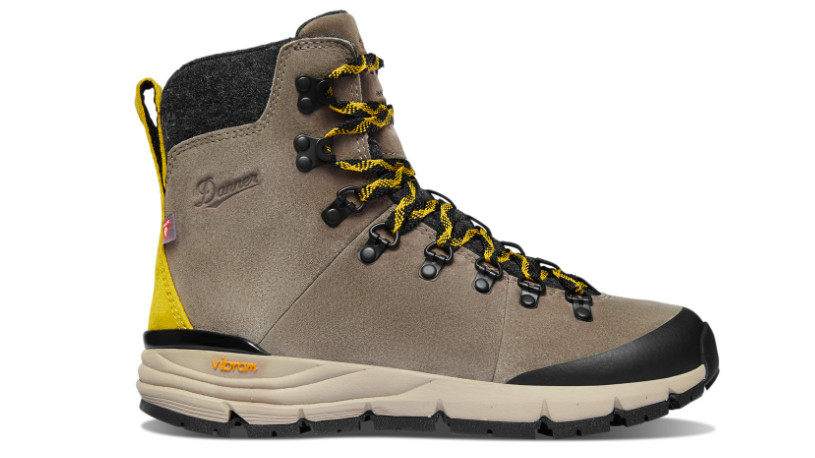
Specifications
Reasons to buy
Reasons to avoid
Icy terrain won’t know what has hit it when tackled by these tough-as-nails winter boots. Danner are best known for their sumptuous, retro-inspired leather hiking boots, but they’ve turned their hands brilliantly to winter boots with the Arctic 600, which packs in some great technology – warm Primaloft insulation, Danner’s own-brand Danner Dry waterproofing and the star of the show, Vibram’s Arctic Grip soles, which really do stick to the slickest of icy surfaces. We were very impressed by this boot on test – we love the handy side zip which makes popping the boots on and off a breeze, the snug lace-up fit and good ankle protection, the tough toe box and the cushioning footbed, which moulds nicely to your feet for a custom fit. Plus, the suede Arctic 600 looks very handsome, and works just as well when worn casually for winter days in the city as on mountain treks, making its price point more palatable.
Read our full Danner Arctic 600 review
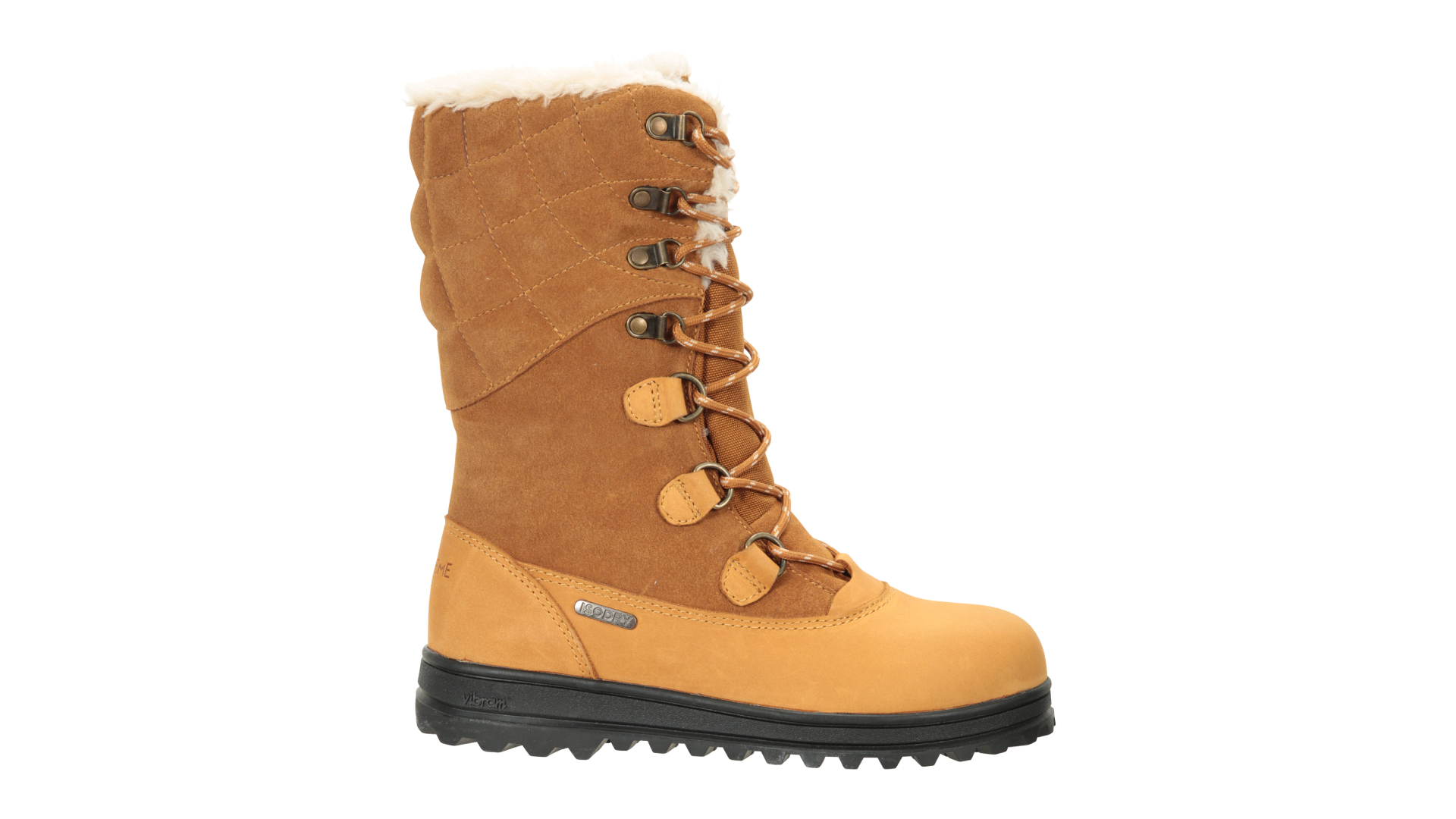
8. Mountain Warehouse Vostock
Our expert review:
Specifications
Reasons to buy
Reasons to avoid
Mountain Warehouse’s excellent Vostock winter boot gets regular high reviews from fans, who have worn it everywhere from Iceland to Norway. Mountain Warehouse vouch for the warming properties of the boot down to -30°C/-22°F, and they’re definitely very cosy, with a Thinsulate lining designed to add warmth without too much bulk and a fully waterproof leather upper that keeps sleet and snow at bay. The taller cut of the Vostocks also offers a nice bit of extra warmth. We always rate Vibram soles on test, and these are no exception, offering excellent grip even on ice and packed snow, although we did find the soles rather stiff and unforgiving, and wouldn’t hike for miles in these boots – save them for winter holidays, snow days or working outdoors. The tan leather can stain slightly with regular use in wet weather, so you may want to treat your new boots with a leather protector before you head for the hills.
Comparison table
| Boots | RRP | Insulation | Colors |
| LL Bean Shearling-Lined Bean Boots | $249.00 (US) / £270 (UK) | Lamb shearling lining 200g Thinsulate underfoot | Maple & brown / Brown |
| Sorel Caribou | $200 (US) / £165 (UK) | Felt inner boot | Black / grey / tan |
| Columbia Slopeside Peak Luxe Boot | $130.00 (US) / £115 (UK) | Omni-Heat | White / Black / Grey |
| Timberland Heritage | $150 (US) / £190 (UK) | PrimaLoft | Black / tan |
| LL Bean Snowfield | $159 (US) / £184 (UK) | Fleece lining | Black / carbon / cream |
| Keen Revel Polar IV (High) | £160 (UK) | KEEN.WARM Recycled PET insulation | Black / Dusty olive and rose dawn |
| Danner Arctic 600 | $240 (US) / £240 (UK) | PrimaLoft | Brown / tan |
| Mountain Warehouse Vostock | £240 (UK) | Thermal Thinsulate lining | Tan |
How to choose women's winter hiking boots
Insulation
The key element that makes the best women's winter boot stand apart from a standard hiking or outdoor boot is insulation – they’re designed to keep your feet cosy even in sub-zero temperatures. Some snow boots come with a temperature rating (-10°C/14°F for example), which means they’ve been tested and proven to perform at that low temperature. Otherwise, look to see what materials are used in the construction to trap in warmth – insulation such as Primaloft, which is also used in insulated jackets, is great at keeping feet warm, as are thermal fleece and neoprene linings. Some brands, such as Sorel, make boots with removable fleece booties inside which you can keep on your feet like slippers when you’re indoors. Note that winter boots will never be as breathable as light fabric hiking shoes – they’re only suitable for the cold.
Waterproofing
Any boots designed to tackle snow should have a waterproof or at least water resistant (sometimes labelled snow proof) outer layer. Boots which claim to be fully waterproof can usually deal with deep snow and rain, and are recommended if you’re hiking or working outdoors in winter conditions. ‘Snow proof’ or water-resistant boots only repel light snow fall – these are better for casual city walks and for wearing if you’re travelling to a snowy destination such as on a ski holiday, as they’re likely to be warm and insulated but not suitable for really wet conditions. Some snow boots use rubber to create a wellington boot-like lower portion of the boot, which is great for keeping rain and snow out but does render the boot less breathable, so your feet might overheat in warmer weather.
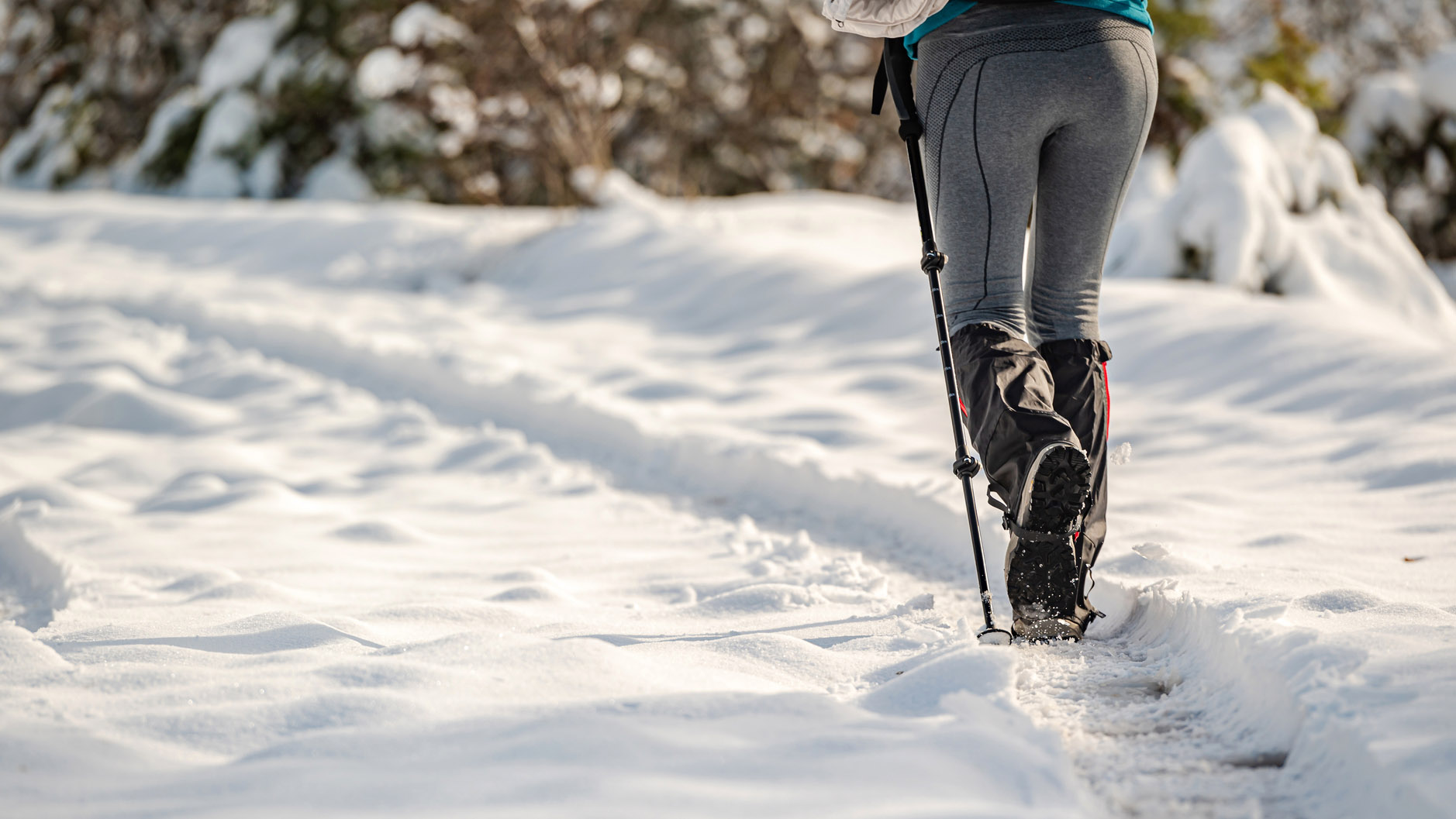
Soles
Winter boots should be designed for walking on challenging surfaces such as ice, snow and wet terrain, so picking a pair with good soles is key. Look for chunky rubber soles with deep ‘lugs’ (the studs on the sole) to ensure you have a good grip on ice – shallow lugs are only suitable for less challenging walking. High-performing winter boots often feature the same technology found in hiking boots, such as Gore-Tex waterproofing and tough, bouncy Vibram soles, both of which we always rate highly on test.
Fit
Just like with hiking boots, the best snow boots should feel comfortable and roomy, with plenty of space to move your toes and no tightness anywhere. You won’t usually need to break in fabric snow boots – they should feel deliciously comfy from the get-go. Leather winter boots, on the other hand, may require some breaking in before they soften and mould to your feet. You’ll want to wear thick socks (ski socks or winter hiking socks are ideal, so take a look at our guide to the best hiking socks) inside your snow boots, so take some with you when you’re testing pairs out – you may need to go a size large than your usual. If the boots you’re trying out lace up, check that they feel snug and secure once done up, and that they support your ankle. There should be plenty of room for your toes to flex, but your feet shouldn’t slip around within the boot. Soles should feel cushiony and very grippy, but not too heavy. Ideally there won’t be much room between the opening of the boot and your leg, to avoid snow getting in – and the taller the boot’s cuff, the dryer your leg will be in a drift.
What to do with your old winter boots
If your old winter boots are still in reasonable condition, you can donate them to a local gear exchange. These tend to be small projects run by just a handful of volunteers rather than nationwide projects, so try searching for one in your local area.
Many household waste recycling centers will accept shoes and boots, and will send them to specialist facilities for processing. If you have a lot of footwear, or you can organize a drive with friends or colleagues, you can order a shoes and footwear zero waste box from Terracycle, which will include a shipping label. It's not a cheap option, but could be worthwhile if you can get a group of people to chip in towards the price.
If your boots are a little damaged, rather than replacing them immediately, you may be able to eke a few more miles out by resoling them (see should I resole my hiking boots for tips).
All the latest inspiration, tips and guides to help you plan your next Advnture!
An award-winning travel and outdoors journalist, presenter and blogger, Sian regularly writes for The Independent, Evening Standard, BBC Countryfile, Coast, Outdoor Enthusiast and Sunday Times Travel. Life as a hiking, camping, wild-swimming adventure-writer has taken her around the world, exploring Bolivian jungles, kayaking in Greenland, diving with turtles in Australia, climbing mountains in Africa and, in Thailand, learning the hard way that peeing on a jellyfish sting doesn’t help. Her blog, thegirloutdoors.co.uk, champions accessible adventures.

